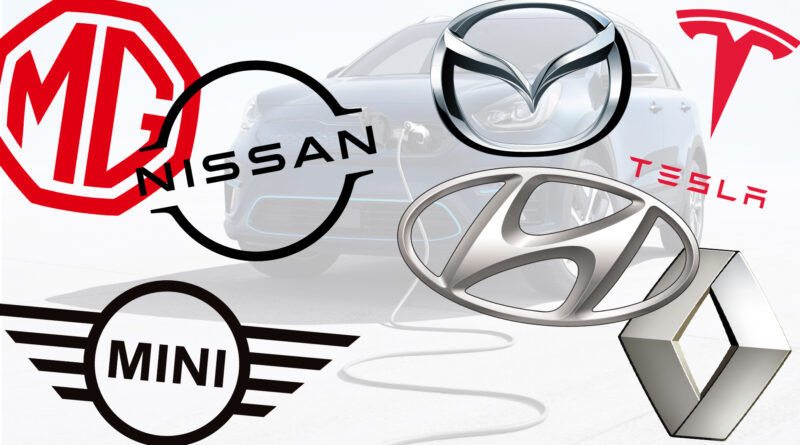The $68,740 Q: Which EV for the $3000 Vic govt subsidy?
Victoria’s shock move to offer $3000 subsidies for purchasers of new zero emissions vehicles – EVs and fuel cell electric vehicles – has car makers scrambling to take advantage of it.
Tesla and MG were quick to get the word out on the potential savings, which for MG’s ZS EV amounts to a 7 percent discount off the $43,990 drive-away price.
Others are working on tempting buyers into the biggest subsidy ever offered on EVs in Australia.
Not that there’s a plethora of choices. Most of the EVs on sale here breach the $68,740 maximum price that the subsidy applies to.
Want the latest EV news and reviews delivered to your inbox? Subscribe to our weekly newsletter!
But as of today there are eight electric vehicles you can order that come in below that threshold.
From the most affordable, here’s a look at the cars you can buy to take advantage of the government’s offer.
MG ZS EV: $40,990 $37,990*, plus on-road costs

There’s little in the way of fizz or fanfare, but the ZS EV wins on price. Front-drive motor zips along nicely and there’s 263km of EV range. Plus you get an F1-inspired KERS button. Woohoo!
Why you’d buy it: It’s the cheapest way to buy a new car that never needs petrol.
FULL REVIEW: MG ZS EV
Hyundai Ioniq Electric: $48,970 $45,970*, plus on-road costs
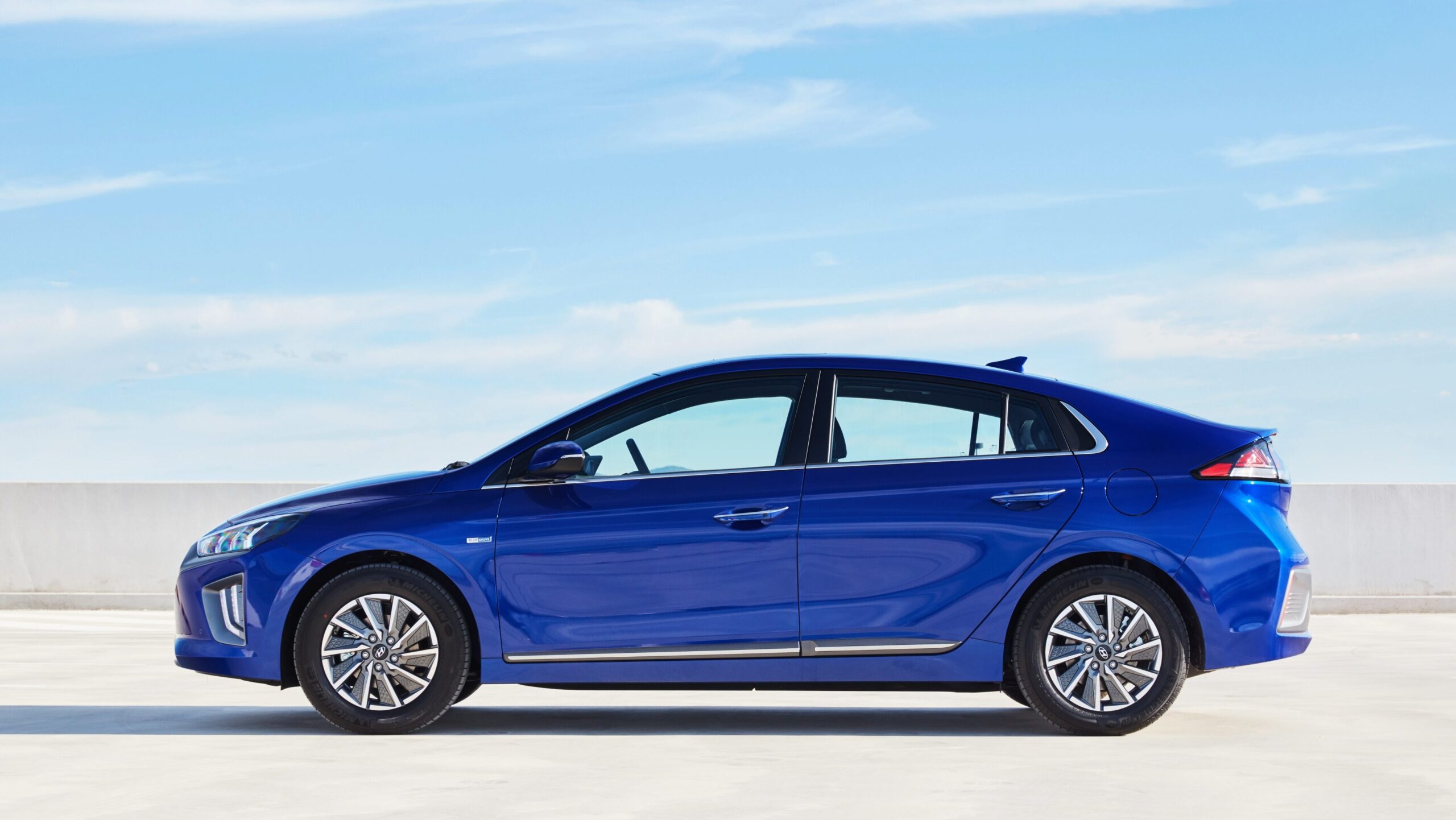
Forget the Hybrid and Plug-in Hybrid versions of the Ioniq (not to be confused with the very different Ioniq 5…), because it’s only the Ioniq Electric that qualifies for the Vic govt rebate. Still, it makes the most affordable Elite Electric more affordable than the Elite PHEV ($45,970 versus the new subsidised price of $45,970).
Why you’d buy it: It’s basic EV motoring but done well, complete with data download tech for comparing driving data with fellow Ioniq drivers.
FULL REVIEW: Hyundai Ioniq Electric
Nissan Leaf: $49,990 $46,990*, plus on-road costs
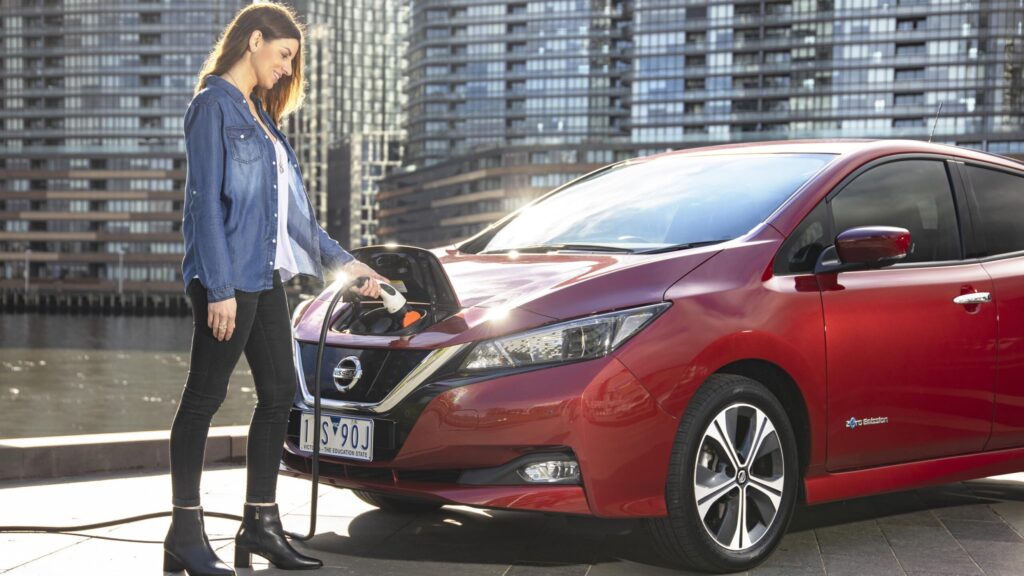
The most affordable Leaf has a relatively low 270km EV range, but it also offers bi-directional charging potential, so you can power your house using the car. The e-Pedal is a novelty if you’re lazy on the brakes but it’s otherwise basic stuff.
Why you’d buy it: The Leaf has bi-directional charging capability, allowing you to power your house with the car.
FULL REVIEW: Nissan Leaf
Renault Kangoo Electric ZE: $49,990 $46,990*, plus on-road costs
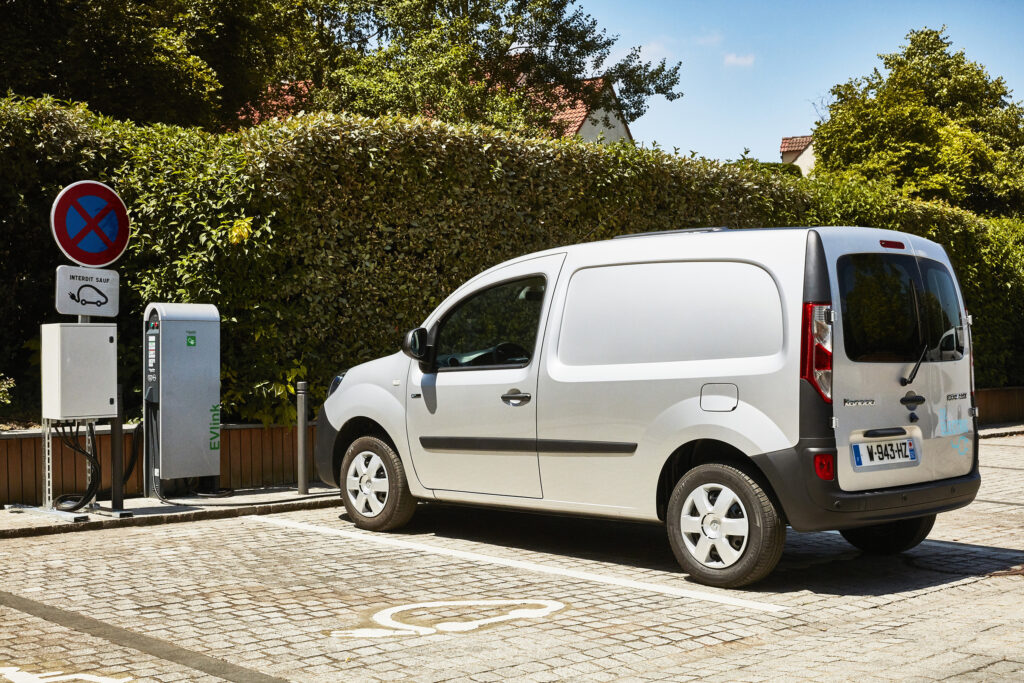
The only fully electric van on sale in Australia is surprisingly affordable, although the circa-200km range limits its usefulness to city deliveries.
Why you’d buy it: You’ve got a small business and want to green your image with a compact EV van.
Mini Cooper Electric: $54,800 $51,800*, plus on-road costs
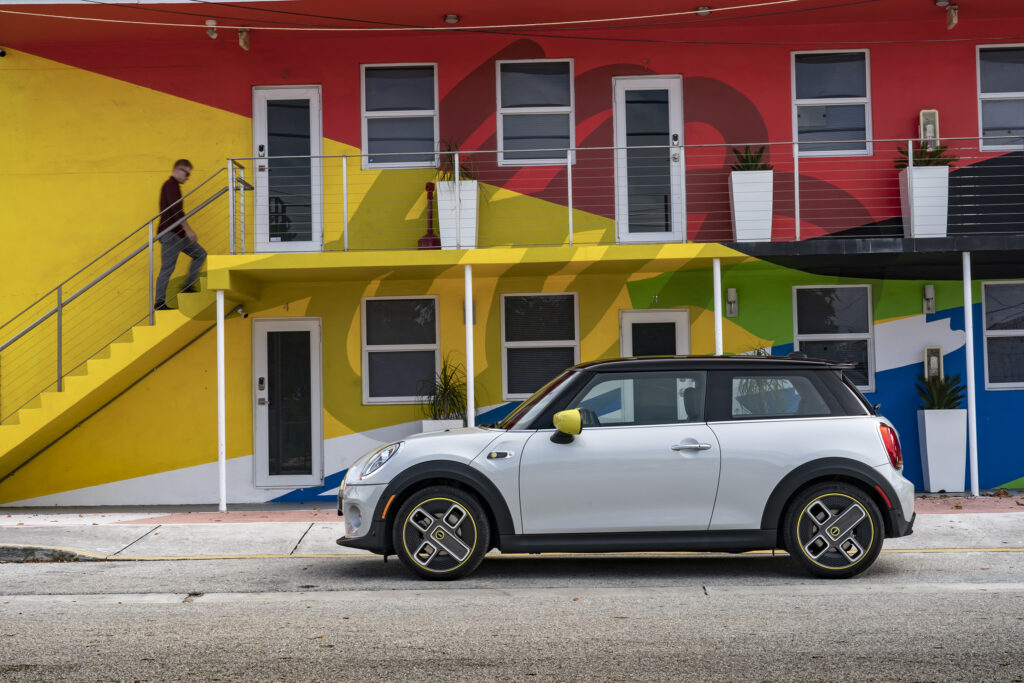
It’s plenty of money for a car that does 233km between charges. But the lashings of Mini-ness help you look past the less practical two-door body. Punchy performance and slick dynamics add to the fun factor.
Why you’d buy it: There’s all the retro features and attention to detail of a regular Mini but with EV fun.
FULL REVIEW: Mini Electric
Nissan Leaf e+: $60,490 $57,490*, plus on-road costs
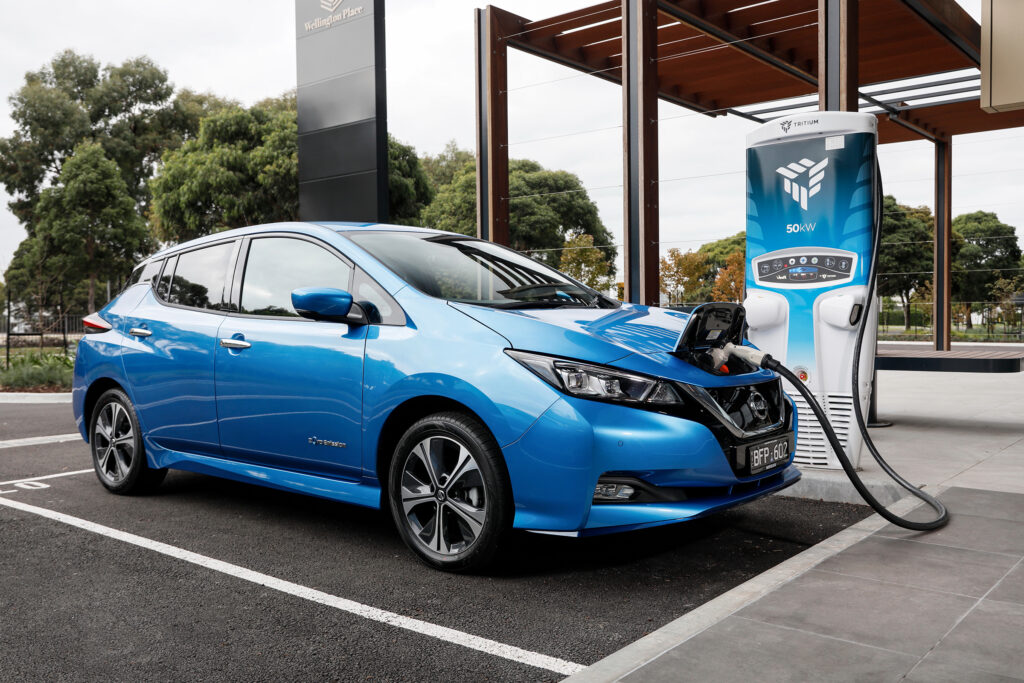
Same Leaf formula, but the e+ adds a bigger battery that extends the EV range to 385km and boosts more power to the motor. Plus, that bi-directional charging capability allows you to power your house for longer.
Why you’d buy it: See the Leaf notes above… plus the e+ gets another 22kWh of battery capacity, so you can power your house for longer!
FULL REVIEW: Nissan Leaf e+
Tesla Model 3 SR Plus: $62,900 $59,900*, plus on-road costs

Only the most affordable of the Teslas sneaks in under the Victorian government’s $69K cutoff – and even then, only just. At $62,900 plus on-roads for the Model 3 Standard Range Plus you won’t be bolting on any options, including Tesla’s “Full Self-Driving Capability”, which currently does nothing of the sort but one day (Tesla can’t say when it will self-drive) promises to allow you to sit back and relax while the car does all the work.
Why you’d buy it: The Tesla nails infotainment (fart noises, anyone?) and allows you to use your phone as the key. Oh, and it’s good to drive and gives access to the Tesla charging network.
READ MORE: Tesla Model 3 price cuts
Mazda MX-30 Electric: $65,490 $62,490*, plus on-road costs
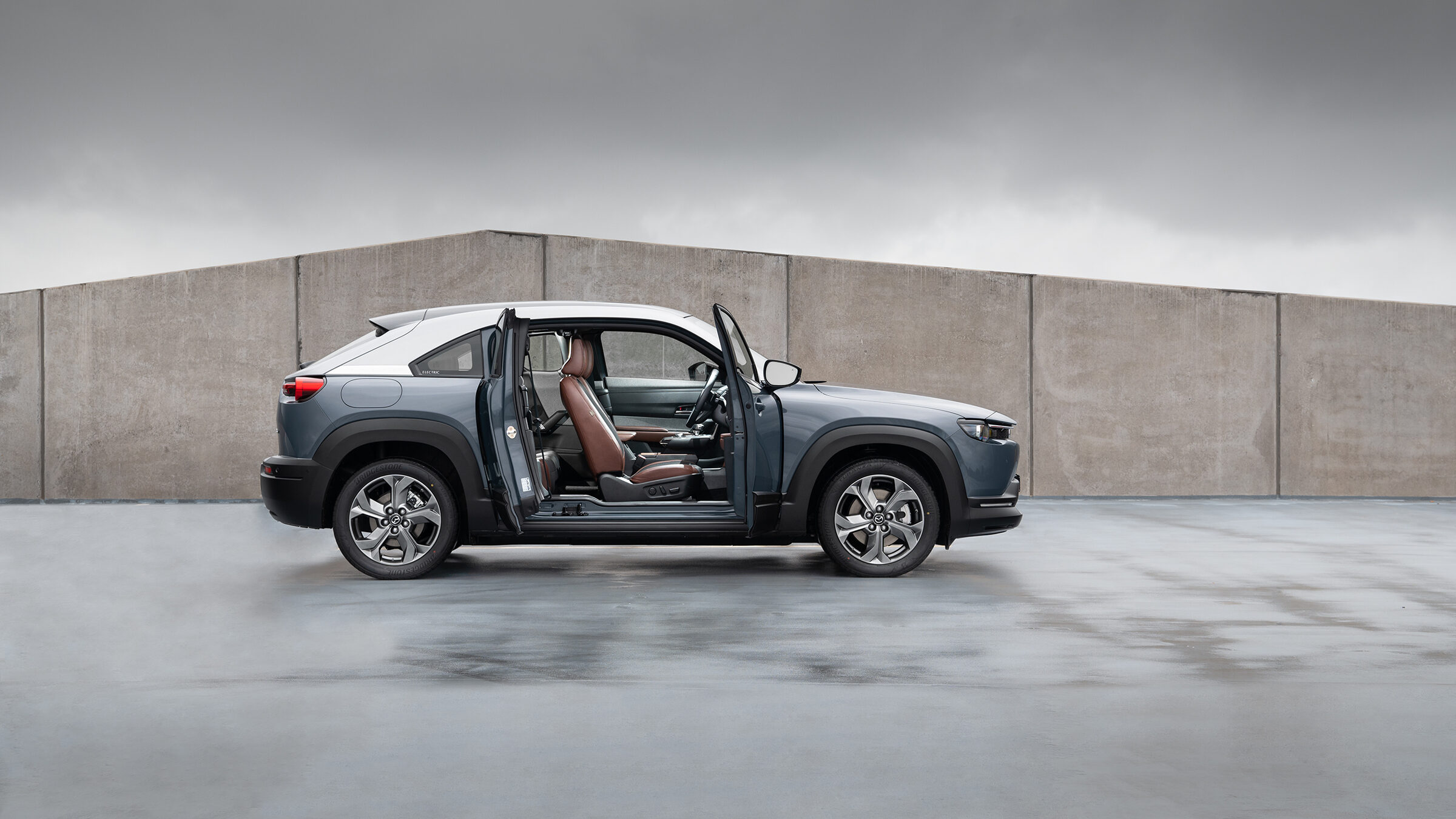
It’s not cheap, but Victorians can slash a few grand off Mazda’s first EV courtesy of the government subsidy. A quality cabin and generous equipment list add to the unique coupe-inspired SUV shape for an EV more about city running-around than heading off into the yonder.
Why you’d buy it: Looks pretty cool by compact SUV standards and has funky rear-hinged back doors.
FULL REVIEW: Mazda MX-30 Electric
But wait, there will soon be more…
The EV subsidy instantly gives soon-to-arrive newcomers such as the Kia EV6 and Hyundai Ioniq 5 a target to shoot for as they finalise their prices.
And there are more on the way.
Check out our full calendar of every EV and hybrid coming to Australia in 2021.
And here’s a list of the cars that should soon qualify for the Victorian government EV subsidy. Click on the links to learn more:
Kia Niro Electric: Small SUV promises to add spice to the more affordable end of the EV spectrum
Hyundai Ioniq 5: All-new crossover should be priced close to $60,000.
Kia EV6: Bespoke EV architecture and sub-$65K starting price.
* Revised list price for Victorian buyers if the car/buyer are eligible for the Victorian government’s $3000 rebate.

